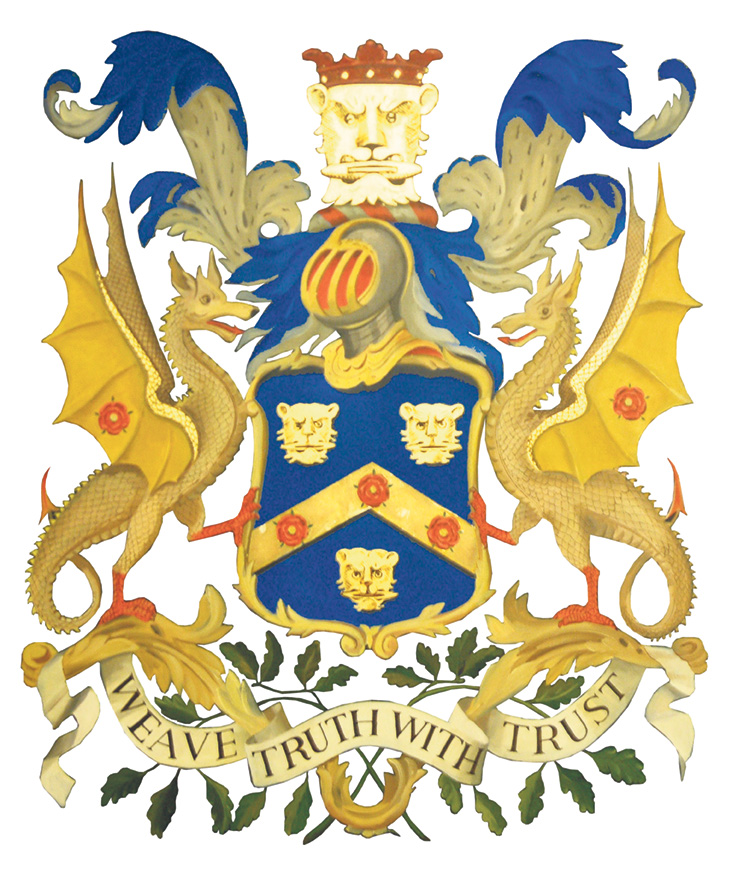Glossary of Weaving Terms
This is a glossary for people who design, produce and sell textiles, for those who collect, use and enjoy textiles. It sets out to avoid too much technical jargon and will help students, producers, retailers and consumers alike and stimulate their interest in textiles.

